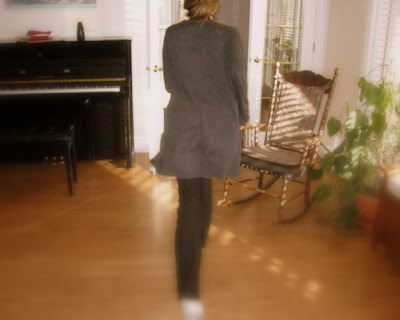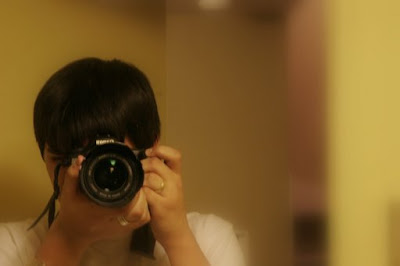Link To Web Albums
1. Jerry Uelsmann.
Jerry Uelsman was a 20th century photographer who specialized in creating multiple images in order to create surreal photographs as a final result. This surrealist technique was innovative and almost "magical" at the time, since it consisted in properly combining negatives in a darkroom. Most of his photographs are sepia-toned or black and white, and are composed of various elements which often have to do with nature. The photographs are typically very contrasty and have a great, bright source of light with many shadows. Many of his works include hands or other seperate body parts such as eyes, and if a full body is shown, it is typically naked. Uelsmann's photographs are absurd and hold elements that are not normally together in everyday life. Below is an example of the work done by Uelsmann, composed of a blended eye, a crow, and a piece of land leading to a house in the distance.

2. Oscar Gustav Rejlander.
A photographer who uses a technique similar to Uelsmann's, and who may have been the creator of this technique is Oscar Gustav Rejlander. Rejlander was a 19th century swedish photographer who experimented with combining negatives in order to create an image out of many different ones. Unlike Uelsmann, however, Rejlander used and combined over 30 negatives per picture. Since he lived before Uelsmann's time, the quality of his photographs was not as good as if he had lived in the 20th century. However, despite the less advanced technology, he managed to create beautiful images, which somewhat ressembled very realistic paintings. Rejlander liked to specialize in portraiture involving many subjects. The tones of his photographs varied from sepia to black and white. His photographs were very powerful and held a lot of emotion, due to both the poses of his subjects as well as the lighting and contrast involved. Like Uelsmann, his photographs were usually quite contrasty. Below is a photograph, most likely his most famous, which was achieved by combining several different negatives. This photograph created controversy because of the nudity in it, which was unusual in photography at the time.

SOURCES:
http://www.rleggat.com/photohistory/history/rejlande.htm
http://en.wikipedia.org/wiki/Oscar_Gustave_Rejlander
http://www.uelsmann.com/
http://en.wikipedia.org/wiki/Jerry_Uelsmann
http://pdngallery.com/legends/uelsmann/
http://www.profotos.com/education/referencedesk/masters/masters/jerryuelsmann/jerryuelsmann.shtml



























